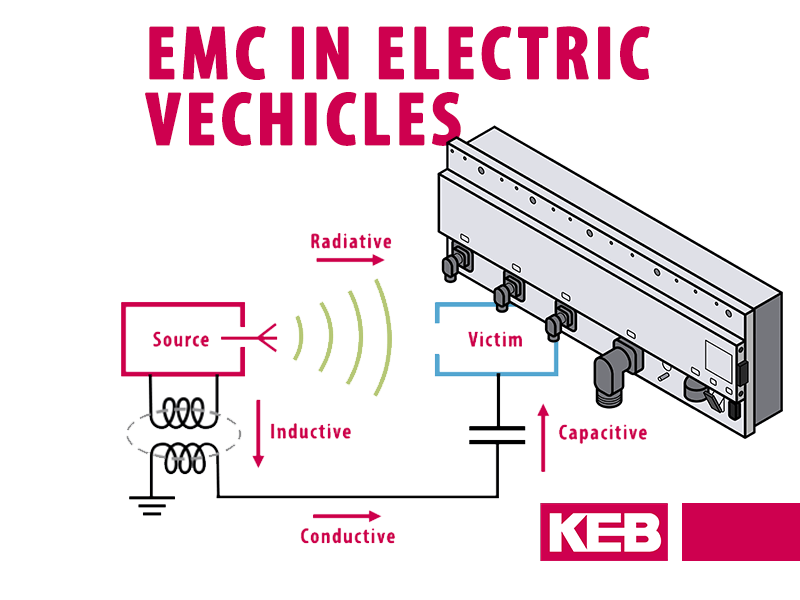T6 Auxiliary Inverter: A Platform Solution for System Integrators Electrifying Mobile Equipment
As new developments continue to be made in the field of electrified heavy-duty vehicles, the bar is also being raised for the expected level of technology. With high expectations for efficiency and performance, modern equipment design demands a multi-disciplinary approach that considers hydraulic, electro-hydraulic, and electro-mechanical systems.
For smaller OEMs, it is becoming increasingly difficult to maintain the necessary in-house expertise to implement these systems effectively. For this reason, many OEMs are turning to system integrators to help take on the electrification challenges.

Maintaining a competitive advantage for system integrators means understanding what products/technologies suit each unique application. With the numerous types of vehicles and mobile equipment on the market, no electrification project is the same. Because of this variety, flexible and easy-to-use products are crucial for accelerating time to market and streamlining the final design. With flexible hardware, fast & easy motor characterization, and an all-in-one software platform for electrifying auxiliaries, the T6 Auxiliary Inverter is one such solution.
Learn more: An introduction to the T6 Auxiliary Inverter
Flexible Hardware Platform
The T6 is a scalable and modular platform, allowing it to flexibly adapt to various applications. A T6 system can be scaled from a single output inverter to 6 independent motor control outputs. The scalable design consolidates multiple motor control outputs onto a single hardware platform. This way, the T6 system eliminates unnecessarily redundant connections (HVDC cabling, LV harnesses, coolant connections, etc.), thus removing many potential points of failure.

Additionally, each output of the T6 system has modular power options of 7.5kW, 15kW, or 30kW. These modules can be mixed and matched, so any combination of outputs is possible. This allows the T6 to flexibly adapt to various auxiliary power requirements by simply reconfiguring the hardware.
One platform can meet the design requirements of many different applications for system integrators. Because time isn’t wasted on integrating multiple hardware platforms, the T6 allows products to enter production sooner.
Fast and Easy Motor Characterization
A feature of all KEB inverters that makes a significant impact on development is the simplicity of the motor characterization process. Instead of requiring the user to gather hard-to-find data like motor resistance and inductance, the T6 only requires the user to input the basic nameplate data (rated speed, voltage, frequency, current, etc.).
With just this nameplate data, the T6 can perform an automated motor learn to measure and identify other data like resistances, inductances, and EMF constant. This takes the guesswork out of working with new motors and enables the T6 to run motors with high performance in sensorless closed-loop operation easily.

For system integrators, this sharply reduces development time and makes it easier to test different motors. With the T6’s automated motor learn, new motors can be fully characterized in just minutes. This makes it easier to test different motors, ensuring that the suitable motor is selected for the application. Even in cases where the T6 isn’t a good fit for the final design, customers often choose to keep a T6 on hand for testing and qualifying new motors due to the ease of setup.
All-in-One Software Platform
By consolidating multiple inverters onto one hardware platform, the T6 system also offers the benefit of an all-in-one software platform. This avoids the headache of trying to set up and coordinate inverters from multiple manufacturers with different communication nuances or control schemes.

With a T6 system, everything can be set up in KEB’s Combivis 6 software. Combivis 6 provides a uniform programming environment for setting up the individual motor control modules and includes easy-to-use start-up wizards. The T6 also features an embedded controller, which ties the system together and centrally manages the multiple motor control modules. For example, from a communications standpoint, the embedded controller acts as a central CAN hub and manages all messages using a single CAN ID for the system.
Furthermore, the T6 embedded controller also supports customized application programs. This allows system integrators to develop or implement their own proprietary control solutions (IEC 61131-3 environment) directly on the T6. This is a significant value-add feature for system integrators with specialties in controls. Potential solutions include:
- On-demand hydraulic flow and pressure control
- Coordination between motors on applications requiring load sharing (pumps)
- Synchronized positioning (actuators)
Such programs provide system integrators an opportunity to create innovative, value-added functions and features that can benefit their customers in various ways such as reduced energy consumption and faster work cycles.
Conclusion
With these features, the T6 Auxiliary Inverter system is an all-in-one solution for system integrators. As a modular and scalable system, the T6 is a flexible solution for system integrators with constantly evolving requirements.
Let's Work Together
Connect with us today to learn more about our industrial automation solutions—and how to commission them for your application.




